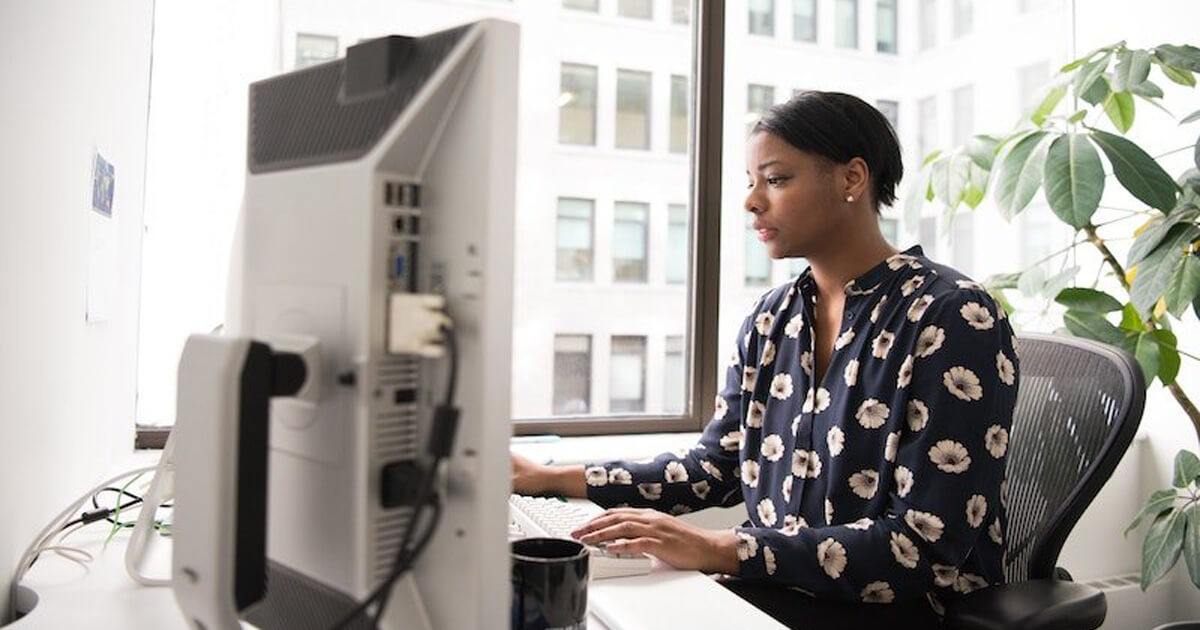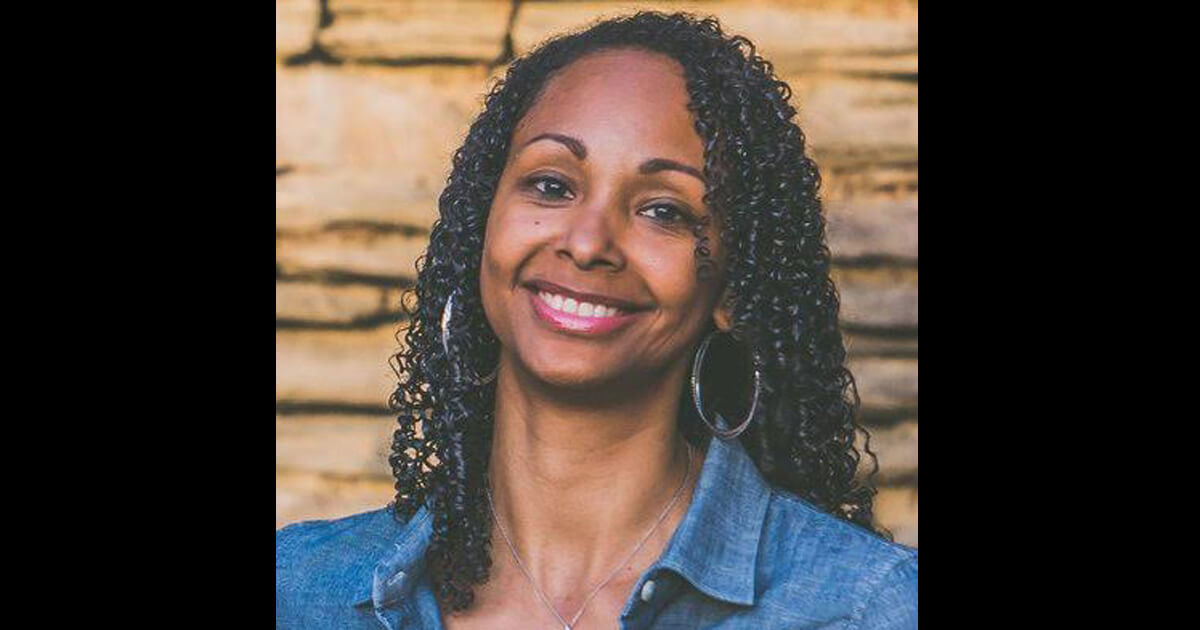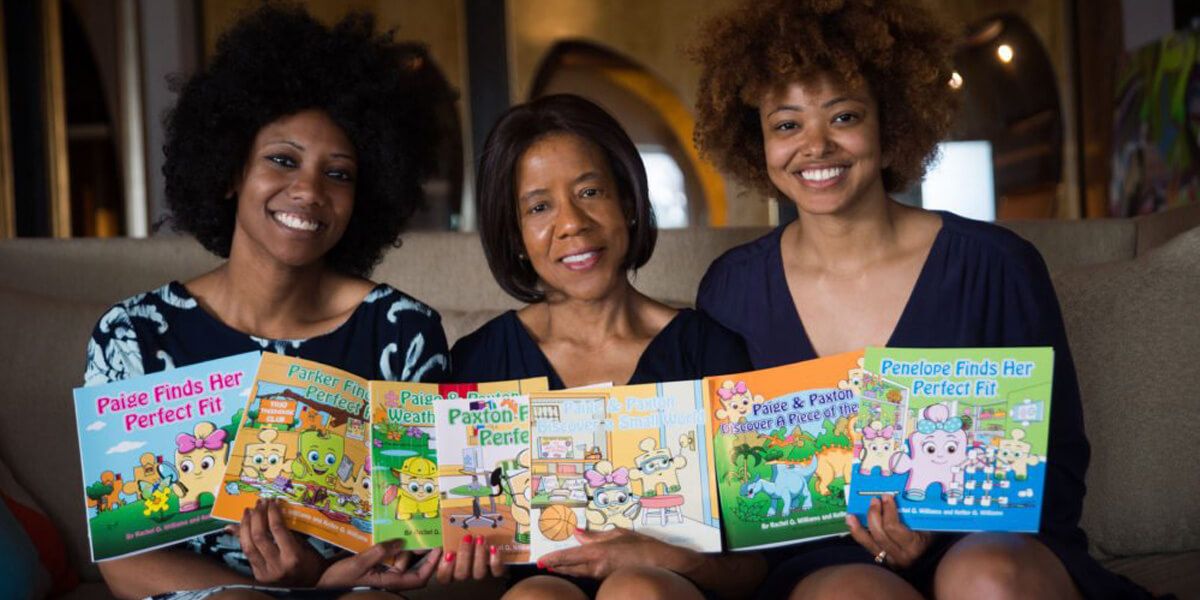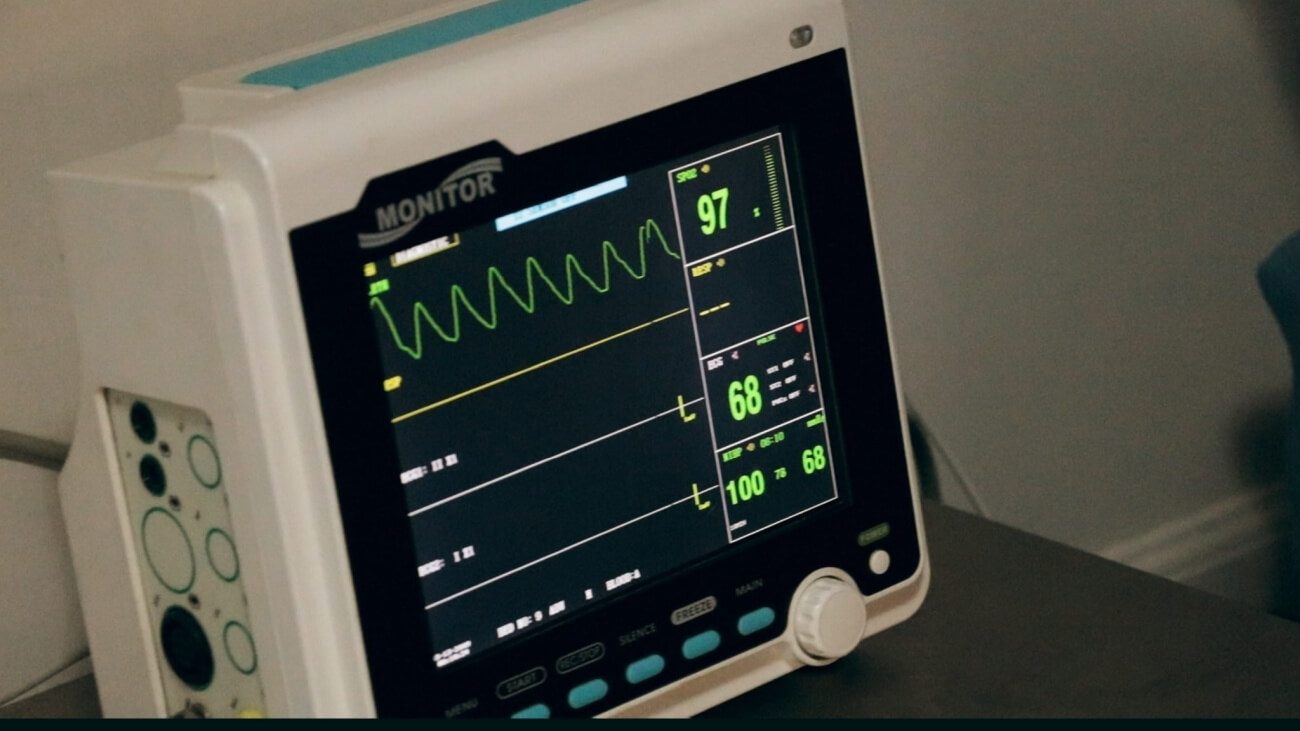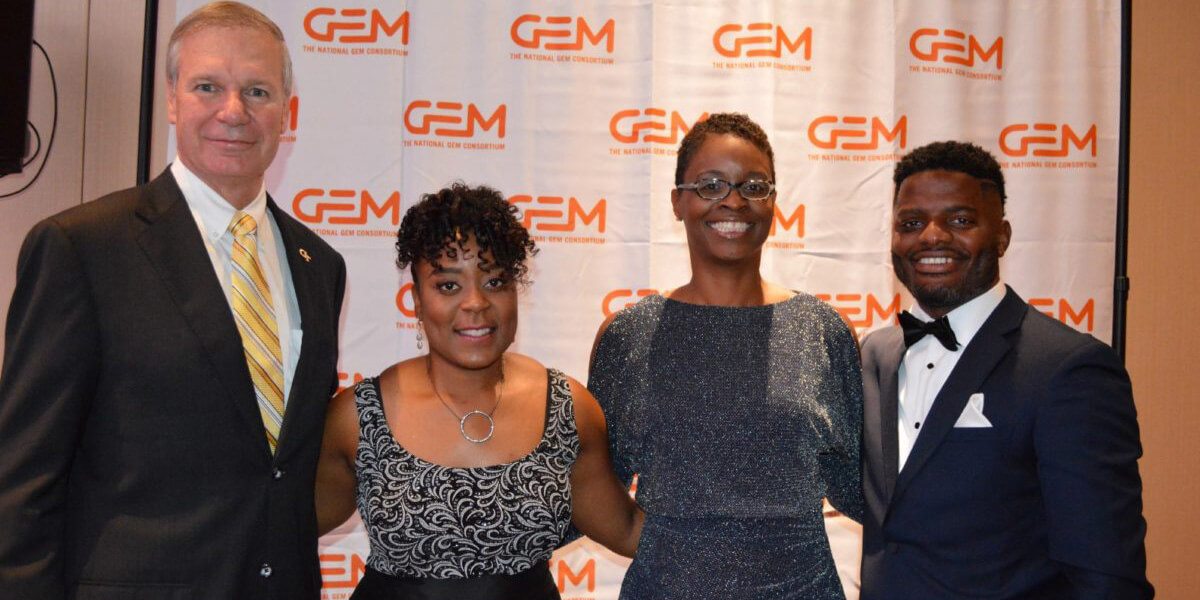Chante Knox didn’t set out to invent anything when she came up with a design for an absorbent menstrual cup she’d created after experimenting with medical supplies and personal care products. She was solving a personal challenge to find a solution that worked, and realized what she’d created could be shared with the 50% of the world’s population who will spend upwards of $50 billion globally on hygiene products by 2023. Taking her idea from concept to finding a way to protect her idea was not without its struggles. After a great deal of research and thoroughly reading Patent It Yourself, Knox’s first attempt at filing her patent resulted in a rejection by the U.S. Patent and Trademark Office (USPTO).
Undeterred, Knox, an Atlanta-area radio producer with a background in communications, knew that if she was going to try again, she’d need help and more insight into the process. So she dug a bit deeper into the scholarly journals of Google search to find a patent attorney who could help her get past the examination process. She ended up interviewing 20 patent attorneys who were offering their services for up to $475 per hour to help her through the process but knew very little about what she was attempting to accomplish. Knox spent a lot of time extracting what information she could from the United States Patent Office website. She’d even submitted a form to get access to free legal services while she continued to hunt for an attorney. Nearly eight months later, she got a call from an attorney who had read more about her idea, had a background in engineering, and also had Knox talk to his wife. He was sold and immediately began helping Knox submit her patent paperwork again, but this time, correctly. Knox filed for her patent in 2015.
It wasn’t until 2018 when she was awarded her patent for the Annu Cup, and took one step closer to creating a product that would join the estimated $8 trillion in economic activity patent commercialization generates for the U.S. each year. Today, Knox has won well over six figures in grant money through various pitch competitions to support the progression of her business and to get her product on shelves. She and her COO, Dia Davis, also plan to enter a few prestigious accelerators by consumer brands to help her fast-track her product creation. She’s since submitted for two additional design patents to keep the train going. Where Knox’s tenacity worked in her favor, barriers for Black inventors persist. Over the last several years, the USPTO has been tasked to find out why. But first, it has to determine what data it needs to collect and how to properly set up policies, practices, and funding to increase the representation of underrepresented minorities in the patenting process.
Scrutinizing Barriers to Success
What we know about the number of Blacks in the patent system hasn’t been formally documented. Instead, our knowledge of inventors like Knox comes at the hands of anecdotal stories and press features. We learn about inventors like Dr. Marian Croak who holds 200 patents and counting, or Dr. Ruthie D. Lyle-Cannon, an IBM master innovator with over 170 patents under her belt, when they make the news not explicitly through rigorous data collection. Broad research reveals that from 1970 to 2006 just 6 African-Americans per million were awarded patents compared to 235 per million of all U.S. inventors. Understanding how many racial minorities and women participate in the U.S. patent system and what barriers they face is what the government is hoping to better understand and subsequently prioritize policies to solve for.
This month, the U.S. House of Representatives Small Business Committee held a hearing in Washington, D.C. calling on researchers and business leaders to testify in support of legislative options that would increase access for diverse populations to gain patent protection. The hearing followed what has been a two-year evaluation of the unique challenges preventing more representation in the patent process. In 2018 Congress introduced the Study of Underrepresented Classes Chasing Engineering and Science Success (SUCCESS) Act. This directed the USPTO to work with the Small Business Administration to prepare a report to identify relevant data available on women and minority patent grantees and applicants as well as to provide recommendations for increasing representation.
The following year, the USPTO held public hearings at its regional offices in Alexandria, Virginia, Detroit, Michigan, and San Jose, California to hear from other actors supporting greater participation of minorities in the patent process. During the hearing at the Silicon Valley USPTO office in San Jose, physicist Hattie Carwell testified on behalf of the Coalition of Hispanic Advocate and Native Americans for the Next Generation of Scientists and Engineers. Carwell cited that the only study commissioned by the USPTO to determine the number of patents awarded to African-Americans was published in 1913 by Henry E. Baker, a patent examiner who collected 50 years of numerical data on Black inventors.
Data or Potential Discrimination?
Over 100 years later, concise applicant data is hard to come by. The USPTO hasn’t collected demographic data, citing anti-discrimination concerns and potential legal challenges with privacy. Congress, however, is pushing for a data collection solution that will help provide strong analysis to shape policy to reduce patent disparities. Gathering information about patent applicant demographics will drive better policy that ultimately helps more women, people of color, moderate and low-income communities, and other traditionally disadvantaged groups obtain patents for their inventions, said Chairwoman Nydia Vel√°zquez (D-NY) in a statement following the January 15th hearing.
Closing the patent gap will also drive economic growth and advance America’s global lead in innovation. I look forward to working with my colleagues in Congress to advance policies that foster an inclusive innovation ecosystem. Others are not so sure that asking applicants to list their race will result in favorable outcomes. Janeya Griffin, managing principal of The Commercializer strategic consulting firm, testified at the hearing, warning that the race metric can be vanity-driven versus being useful to the context of the larger issues and barriers at play. Griffin disagrees with asking applicants to list their race or gender early in the patent application process. She argues that collecting this information on the front end could leave room for bias and discrimination, limiting a potential applicant’s chance for success during the early examination process of their application. Instead, Griffin believes more should be done to address how disparity shows its head in the private sector as well as in the systems fostering small business creation.
The disparity can be counted in several ways: lack of access and promotion within corporate environments, lack of support within the academic system, but the harshest factors are the economic barriers that prevent creation, explains Griffin. Typical filing fees for a patent application can run an inventor between $5,000 and $16,000, and don’t include other costs associated with defending the patent should it be contested by a third party. Knox, who continues to work full-time, spent roughly $1,500 on filing fees in her initial patent application process. She was able to tap into the USPTO’s Patent Pro Bono Assistance Program, which matches qualified low-income applicants with volunteer patent attorneys, but expanded access and marketing of these resources within small business development centers could help reduce information barriers for others.
Shaping the Right Policy Recommendations
After two years of research, hearings, and discovery, there are no clear steps as to what policies will be enacted following the hearing, or when a budget may appear for dispersing resources throughout the existing four regional USPTO offices. In the report Closing Diversity Gaps in Innovation: Gender, Race, and Income Disparities in Patenting and Commercialization of Inventions, researchers suggest that policies that focus on increasing minority STEM education, funding more programs related to hands-on exposure to technology and science, and incentivizing venture capital firms to support more underrepresented founders and their inventions will aid in the effort to strengthen the patent application system and prevent and remedy discrimination. While access to greater exposure and increased corporate support for women and minorities to get opportunities to work on patent projects has the potential to shape solutions across industries, the simplest answer to increasing access could be to make the USPTO resources and information much more accessible to communities and small business owners in communities of color that aren’t already familiar with patents or the process.
In her comments, Carwell testified that the overall patent process is sometimes daunting, regardless of education level, which could be holding back those who are curious and seeking to bring their ideas to fruition. This was certainly true for Knox, who spent a lot of time independently researching the USPTO website and making frequent phone calls to regional offices seeking additional help and information when she was unsure about the process and procedures. The USPTO isn’t specifically reaching out to anybody, says Knox, but once I did find them, and did submit, I spoke to examiners and they were helpful in the process and gave me advice on where to look [for information on their website]. But they aren’t coming to you to give it to you; you have to ask for it.

